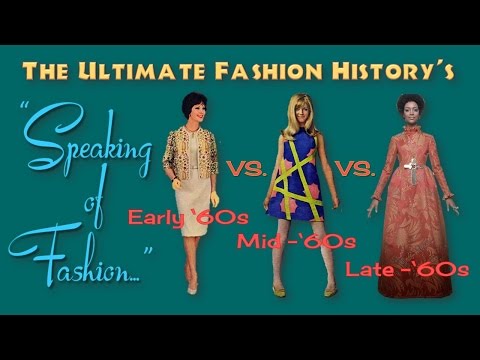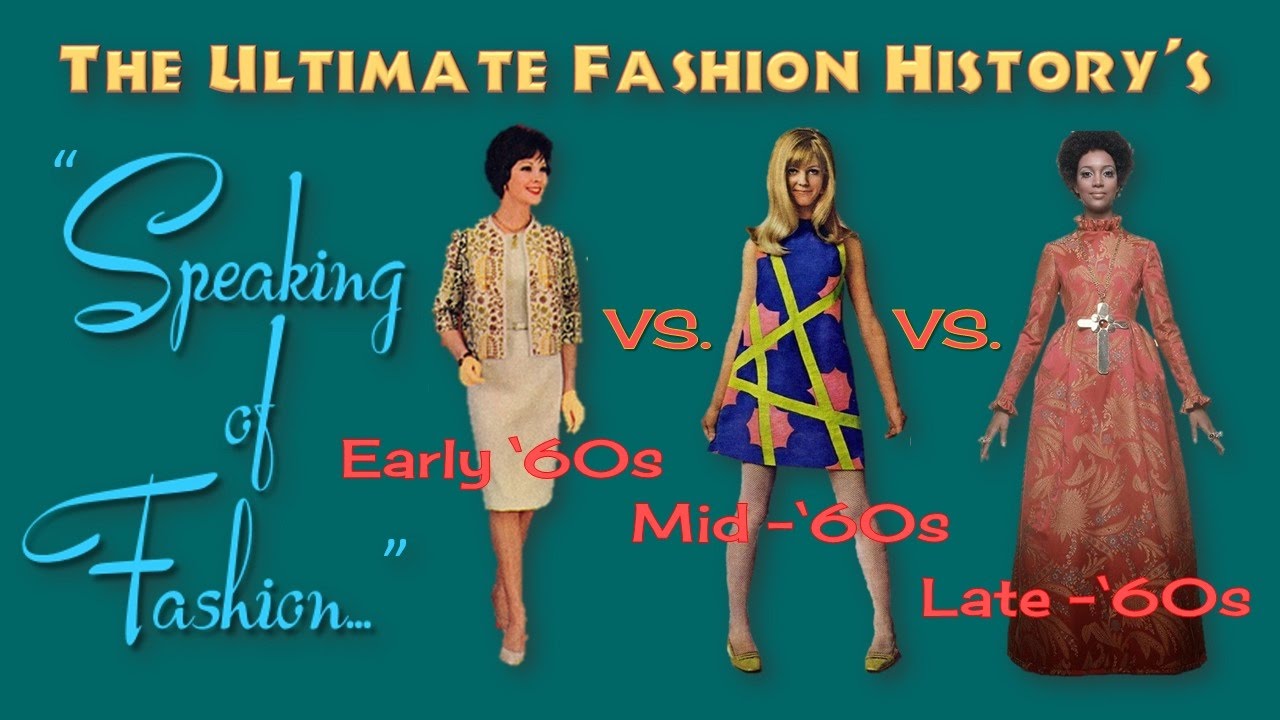Step back in time with the vibrant, groovy, and iconic fabric of the 60s. Immerse yourself in the revolutionary era that birthed a cultural shift unlike any other. This retro fabric captures the essence of an era characterized by peace, love, and rebellion. Bursting with psychedelic patterns, vivid colors, and mesmerizing designs, it transports you to a time when self-expression and individuality were at the forefront. Feel the energy and excitement as you run your fingers over the soft, textured fabric that epitomizes the free-spirited nature of the 60s. Indulge in the nostalgia as you envision yourself dancing at Woodstock, protesting for civil rights, or simply lounging in a sun-soaked field surrounded by like-minded individuals. Embrace the vintage charm and let the fabric ignite your creativity, whether in fashion, home decor, or crafting. The 60s fabric is more than just a material; it is a symbol of a generation that dared to challenge the status quo and redefine societal norms. So, why wait? Rediscover the magic of the 60s through this extraordinary fabric that continues to inspire and captivate.

The Groovy World of 60s Fabric
The 1960s was a decade that witnessed a revolution in fashion, music, and art. One of the defining aspects of this era was the vibrant and unique fabrics that were popular during this time. From psychedelic prints to bold colors, 60s fabric truly encapsulated the spirit of this transformative decade. In this article, we will explore the fascinating world of 60s fabric and delve into its history, styles, and influence on modern fashion.
The Rise of Psychedelic Prints
The 60s was a period of experimentation and self-expression, and nowhere was this more evident than in the fashion industry. Psychedelic prints became all the rage during this time, characterized by bold and trippy patterns that seemed to come alive. These prints were heavily influenced by the counterculture movement and the use of mind-altering substances such as LSD.
Designers like Emilio Pucci embraced this trend and created iconic pieces featuring swirling patterns and kaleidoscopic colors. These prints were often seen on maxi dresses, skirts, and blouses, and were a staple in the wardrobe of fashionable women during the 60s.
The Popularity of Vibrant Colors
60s fabric was known for its vibrant and eye-catching colors. Bright hues such as electric blue, hot pink, and lime green were incredibly popular and reflected the energetic and optimistic mood of the decade. These colors were often used in combination, creating a visually striking effect.
Influential designers like Mary Quant embraced this trend and incorporated bold colors into their designs. Quant’s mini skirts, for example, were often made in vibrant shades that stood out in a sea of monochrome outfits. The use of bright colors in 60s fabric was a stark departure from the more subdued and conservative tones of previous decades.
The Influence of Op Art
The Op Art movement, characterized by optical illusions and geometric patterns, had a significant impact on 60s fabric. This art form played with perception and created mesmerizing visual effects that were translated into textiles. Op Art-inspired fabrics featured intricate patterns that seemed to move and shift, creating a dynamic and engaging look.
Fashion houses like Pierre Cardin embraced the influence of Op Art and incorporated these mesmerizing patterns into their collections. Dresses, pants, and even accessories were adorned with geometric prints that captivated the eye and added a modern and avant-garde touch to any outfit.
The Rise of Synthetic Fabrics
The 60s saw a surge in the popularity of synthetic fabrics, which revolutionized the fashion industry. Materials such as polyester and acrylic became widely available and were favored for their durability, affordability, and ability to hold vibrant colors and prints.
Designers like André Courrèges embraced the use of synthetic fabrics and incorporated them into their futuristic designs. Courrèges’ iconic space-age collection featured mini dresses and skirts made from shiny vinyl, a synthetic fabric that perfectly captured the spirit of the 60s.
The Legacy of 60s Fabric
The influence of 60s fabric can still be seen in modern fashion. From the resurgence of psychedelic prints to the use of vibrant colors, designers continue to draw inspiration from this iconic era. Today, we can find clothing and accessories that pay homage to the 60s, allowing us to embrace the groovy and free-spirited style that defined this transformative decade.
Whether it’s a retro-inspired dress or a modern twist on a psychedelic print, 60s fabric continues to captivate and inspire fashion lovers around the world.
In conclusion, 60s fabric was a dynamic and innovative force that pushed the boundaries of fashion during this transformative decade. From psychedelic prints to bold colors and the influence of Op Art, the fabrics of the 60s reflected the spirit of experimentation and self-expression that defined the era. Today, we can still see the legacy of 60s fabric in modern fashion, reminding us of the groovy and vibrant style that defined this iconic era.
Fashion Evolution: Unveiling the 60s – Unleashing Early, Mid, and Late Styles
Video Source : The Ultimate Fashion History
60s Fabric
60s Fabric
The 1960s marked a significant shift in fashion and design, with fabrics playing a crucial role in defining the era’s unique aesthetic. From bold prints to innovative materials, the fabrics of the 60s reflected the era’s cultural and social transformations. Let’s explore some of the iconic fabrics that defined this revolutionary decade.
| Fabric | Description | Notable Features |
|---|---|---|
| Psychedelic Prints | Psychedelic prints were one of the defining characteristics of 60s fabric. These vibrant and swirling patterns were heavily influenced by the counterculture movement and the rise of psychedelic drugs. Bold colors, intricate motifs, and optical illusions were commonly seen in fabrics of this style. | – Vibrant and bold colors – Swirling and intricate patterns – Optical illusions |
| Tie-Dye | Tie-dye fabric became immensely popular in the 60s, particularly among the hippie subculture. This unique dyeing technique involved twisting, folding, and tying fabric before applying vibrant dyes, resulting in colorful and abstract patterns. Tie-dye fabrics were often used for clothing, accessories, and home decor items. | – Colorful and abstract patterns – DIY and handmade aesthetic – Symbol of peace and love |
| Mod Prints | The mod movement of the 60s brought a new visual language to fashion. Mod prints featured geometric shapes, bold lines, and a minimalist color palette. This style was influenced by the youth culture and reflected the desire for futuristic and avant-garde designs. | – Geometric shapes and bold lines – Minimalist color palette – Futuristic and avant-garde look |
| Vinyl | Vinyl fabric gained popularity in the 60s due to its futuristic appeal and versatility. It was often used in the creation of shiny and form-fitting clothing items, such as mini skirts and go-go boots. The reflective surface of vinyl added a modern and edgy touch to fashion. | – Shiny and reflective surface – Form-fitting and sleek – Futuristic and edgy look |
The fabrics of the 60s represented a break from tradition and embraced a new sense of freedom, self-expression, and experimentation. They continue to inspire contemporary designers and serve as a reminder of the transformative power of fashion.

